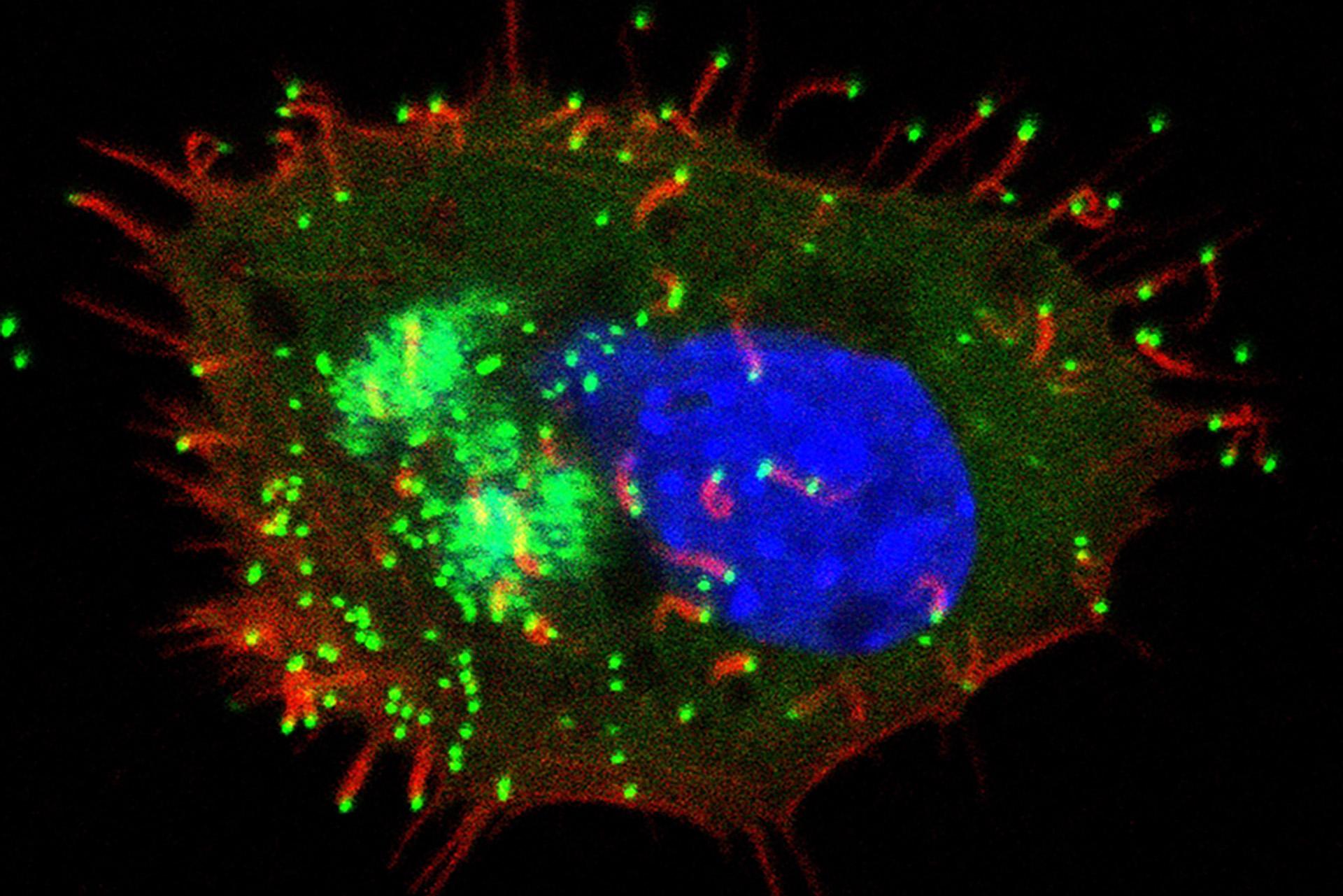Monkeypox virus (MPXV), causes the zoonotic disease mpox, previously known as monkeypox. Mpox spreads through close contact with an infected person or animal, as well as contaminated objects, and can cause a skin rash with lesions (blisters).
The virus can be transmitted via direct contact (touching skin lesions, sexual intercourse, or scabs from an infected person), contaminated surfaces (contact with clothing, bedding, or other objects used by an infected person), zoonotic transmission (bites or scratches from infected animals, or handling bushmeat in endemic regions).
Mpox is endemic in Central, East and West Africa, where the virus circulates in small mammals such as rodents and primates. However, international travel and changing transmission patterns have led to outbreaks in non-endemic countries.
There are two types (clades) of mpox: clade I and clade II. Clade I, which is endemic in Central Africa, is associated with a more severe disease and higher mortality rates (up to 10%) than clade II (less than 1%), endemic in West Africa.
A large outbreak of clade II mpox in 2022 affected over 100 countries, primarily in Europe and the Americas. More recently, new strains of mpox have emerged in the Democratic Republic of Congo and spread to neighbouring countries.
Clinical signs
Signs and symptoms of mpox include:
- Skin rash with lesions (blisters) in any part of the body, including the palms of the hands, soles of the feet, mouth, genitals and anus; the rash can be confused with chickenpox
- Fever
- Headache, muscle aches, backache, joint pain
- Fatigue
- Lymphadenopathy (swollen lymph nodes)
Young children, pregnant people, and people with a weakened immune system (e.g., people living with HIV-1) are at increased risk of severe outcomes from mpox.
Virology
MPXV is a member of the Orthopoxvirus genus within the Poxviridae family. It is closely related to the variola virus, which causes smallpox.
It has a large, double-stranded DNA genome (~197,000 base pairs). It replicates in the cytoplasm of infected cells within specialised ‘virus factories’.
The viral genome encodes 190 putative genes and is organised in a central region flanked by identical inverted terminal repeats
Structure: Brick-shaped virions (220–450 nm long) with a lipoprotein membrane enclosing a biconcave core.
Host range: MPXV primarily affects humans and primates, but rodents such as rope squirrels, African dormice, and giant-pouched rats are thought to be animal reservoirs.
Pirbright's research on mpox
In 2022, The Pirbright Institute led (with the MRC-University of Glasgow Centre for Virus Research) the UK Mpox Research Consortium, jointly funded by BBSRC and MRC.
The consortium aimed at tackling the 2022 international outbreak of mpox by studying the clade 2b MPXV causing the outbreak, developing new diagnostic tests, studying the effectiveness of the smallpox vaccines, and identifying control measures, including searching for new antivirals.
The Institute has also provided access to its CL3 high-containment facilities to researchers from other organisations to carry out their studies on MPXV.

